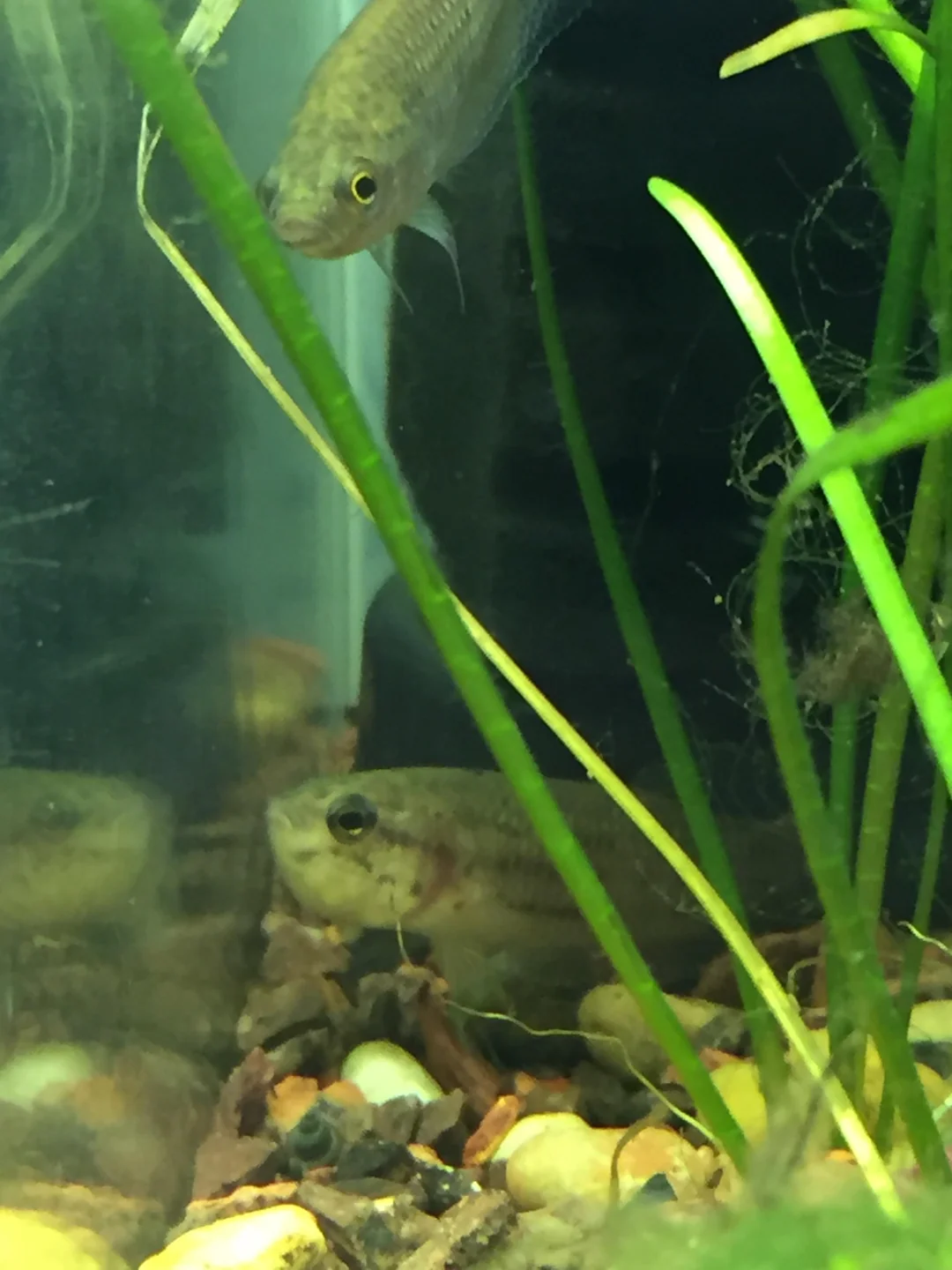Betta falx Care Guide: Everything You Need to Know
Betta falx, also known as the Crescent Betta or Red Skirt Betta, is a beautiful and peaceful wild betta species that’s perfect for aquarists looking to explore beyond the aggressive Betta splendens. Native to the calm, tannin-rich waters of Sumatra, Indonesia, Betta falx offers a fascinating glimpse into the world of wild bettas, known for their subtle beauty, gentle nature, and mouthbrooding parenting behavior.
In this guide, we’ll cover everything you need to know to care for Betta falx, including tank setup, diet, breeding, and key tips to help them thrive in your aquarium.

🌿 At a Glance: Betta falx Quick Facts
- Scientific Name: Betta falx
- Common Names: Crescent Betta, Red Skirt Betta
- Size: 4–5 cm (1.5–2 inches)
- Temperament: Peaceful, shy
- Origin: Sumatra, Indonesia
- Breeding Type: Paternal mouthbrooder
- Difficulty Level: Intermediate (great for aquarists looking to keep wild bettas)
🐠 Appearance and Behavior
Male Betta falx are known for their reddish-brown bodies with shimmering green or blue highlights and a dark edge along the fins. Females are more subdued in color, typically brown with a tail spot and faint horizontal stripes. Males also tend to have longer fins and broader heads, making it relatively easy to distinguish the sexes.
These fish are non-aggressive and can often be kept in pairs or peaceful community tanks. They’re shy, preferring heavily planted or dimly lit aquariums with plenty of hiding spots. Unlike Betta splendens, they don’t show excessive territorial behavior, making them a more relaxed tankmate.
🌊 Natural Habitat & Ideal Tank Setup
In the wild, Betta falx inhabit shaded, slow-moving streams with leaf litter and soft, acidic water. Mimicing this in your aquarium is key to their health and comfort.
✅ Recommended Tank Setup:
- Tank Size: 10 gallon tanks at minimum or more for a pair or small group
- Substrate: Dark sand or leaf litter substrate
- Decor: Driftwood, roots, Indian almond leaves, beech/oak leaves
- Plants: Low-light plants like Java fern, Java moss, Anubias
- Lighting: Dim or subdued
- Filtration: Sponge filter or gentle flow filter
- Lid: Tight-fitting lid (they are excellent jumpers!)
💧 Water Parameters
- Temperature: 72–80°F (22–27°C)
- pH: 4.5–7.0 (they prefer acidic conditions)
- Hardness: Soft water preferred (GH 4–8)
- Tannins: Highly recommended – add leaf litter or driftwood to stain the water slightly brown
Use reverse osmosis (RO) water if your tap water is too hard or alkaline. Stability is more important than anything, so a larger tank is ideal, but replicating their natural environment as closely as possible will keep them stress-free and vibrant.
🐛 Feeding Betta falx
In the wild, Betta falx feeds on tiny insects and invertebrates. In captivity, they should eat a varied diet of high-quality foods:
Best Foods for Betta falx:
- Live or frozen brine shrimp
- Daphnia
- Bloodworms (occasionally)
- Microworms (especially for fry)
- High-quality micro pellets (as supplemental, not primary)
They may ignore dry food at first, so be prepared with frozen or live offerings. Feed small amounts 1–2 times a day, and avoid overfeeding.
🐣 Breeding Betta falx
Breeding these bettas is a fascinating process because they are paternal mouthbrooders. This means the male carries fertilized eggs in his mouth until the fry are ready to swim.
Breeding Overview:
- Courtship begins with gentle circling and wrapping behavior.
- The female releases eggs, and the male catches and holds them in his mouth.
- The incubation period is about 9–17 days.
- The male releases free-swimming fry when they are developed.
Keep breeding pairs in a calm, low-light tank. Avoid disturbing the male during incubation, as stress may cause him to swallow the eggs or release them prematurely.
Once released, the fry can be fed with microworms or baby brine shrimp.
🛠️ Maintenance and Care Tips
- Perform small water changes (10–20%) weekly to maintain water quality.
- Keep water soft and slightly acidic with botanicals or peat.
- Always condition new water to avoid stressing the fish.
- Provide a secure lid—Betta falx are prone to jumping.
- Observe regularly for signs of stress, illness, or breeding behavior.
🤝 Tank Mates for Betta falx
Thanks to their calm nature, Betta falx can coexist with other peaceful species that enjoy similar water conditions. Some good options include:
- Harlequin rasboras
- Chili rasboras (Boraras brigittae)
- Pygmy corydoras
- Kuhli loaches
- Small snails or shrimp (if the tank is mature and heavily planted)
Avoid fin-nippers or boisterous species that may harass the bettas.
📚 Want to Dive Deeper into Betta Fish Care?
Download our eBook, “Betta Fish Care Guide” packed with tips on tank setup, feeding, illness, and more.
👉 Get it now at WildBettaBlog.com
Start your journey into the wild world of bettas the right way—with knowledge, compassion, and the right gear.